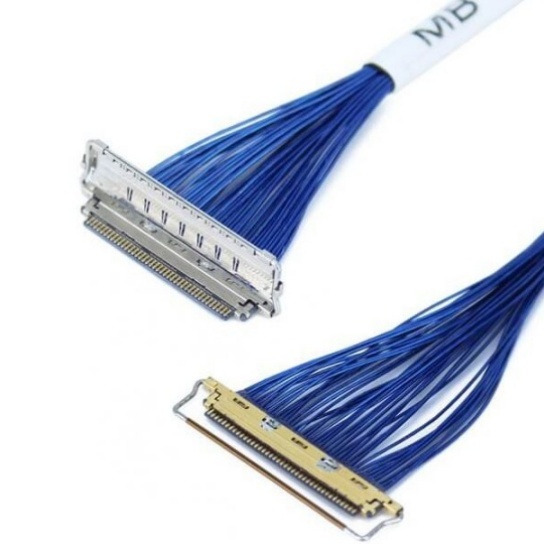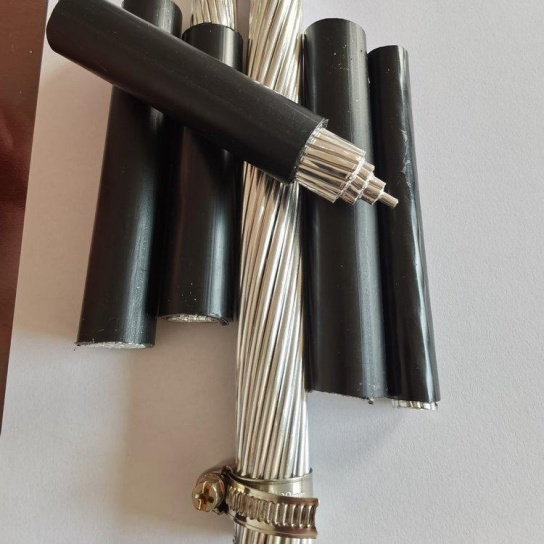How to Extend the Lifespan of Aviation Cables
Aviation cables are critical components in aircraft systems, responsible for transmitting power, signals, and data across complex electrical networks. However, harsh operational environments—including temperature extremes, vibration, moisture, and chemical exposure—can degrade cable performance over time, leading to costly repairs or replacements. Prolonging the lifespan of aviation cables is essential to ensure safety, reduce downtime, and optimize operational costs.
- Material Selection: Building a Foundation for Longevity
The durability of aviation cables begins with choosing the right materials engineered to withstand environmental stressors:
High-Performance Insulation: Opt for materials like PTFE (Teflon), ETFE, or silicone, which offer resistance to heat, abrasion, and chemicals. These materials prevent insulation cracking, a common cause of failure.
Corrosion-Resistant Conductors: Use tinned copper or silver-plated conductors to resist oxidation and corrosion, especially in humid or salty environments.
Jacket Materials: Select jackets with UV resistance for exterior applications or flame-retardant properties for engine-adjacent areas.
Case Study: A study by NASA found that cables with PTFE insulation retained 95% of their flexibility and dielectric strength after 10,000 hours of thermal cycling, outperforming PVC-based alternatives.
2. Proper Installation: Minimizing Mechanical Stress
Improper installation is a leading cause of premature cable failure. Follow these guidelines:
Avoid Sharp Bends: Ensure bend radii comply with manufacturer specifications (typically 8–10x the cable diameter) to prevent internal conductor damage.
Secure Routing: Use clamps, ties, or conduits to secure cables away from moving parts, heat sources, or abrasive surfaces.
Strain Relief: Incorporate connectors with built-in strain relief to reduce tension at termination points.
Pro Tip: Label cables during installation to simplify future inspections and troubleshooting.
3. Environmental Protection: Shielding from External Threats
Aviation cables face constant exposure to moisture, temperature fluctuations, and contaminants. Implement these protective measures:
Waterproofing: Apply heat-shrink tubing or molded boots at connector junctions (see IP67/IP68 standards for submersion resistance).
Thermal Management: Use reflective sleeves or heat-resistant coatings in high-temperature zones (e.g., near engines).
Chemical Resistance: In areas exposed to hydraulic fluids or fuels, choose cables with FKM (Viton) or Aramid fiber jackets.
Did You Know? According to SAE International, 30% of in-flight cable failures are linked to moisture ingress and subsequent corrosion.
4. Regular Maintenance: Early Detection of Wear and Damage
Proactive maintenance is key to identifying issues before they escalate:
Visual Inspections: Check for cracked insulation, frayed strands, or discoloration (a sign of overheating).
Continuity Testing: Use multimeters or megohmmeters to detect breaks or insulation degradation.
Cleaning Protocols: Remove dust, grease, or salt deposits using non-abrasive cleaners to prevent insulation breakdown.
Industry Standard: The FAA recommends inspecting aviation cables every 500 flight hours or during routine maintenance cycles.
5. Leveraging Advanced Technologies
Innovations in materials and monitoring systems are revolutionizing cable longevity:
Self-Healing Insulation: Polymers that automatically repair minor cuts or abrasions.
Condition Monitoring Sensors: Embedded IoT sensors track temperature, humidity, and vibration in real time, alerting crews to potential failures.
Nano-Coatings: Hydrophobic coatings repel moisture and reduce surface contamination.
Example: Boeing’s 787 Dreamliner employs smart cable systems with integrated sensors, reducing unplanned maintenance by 25%.






